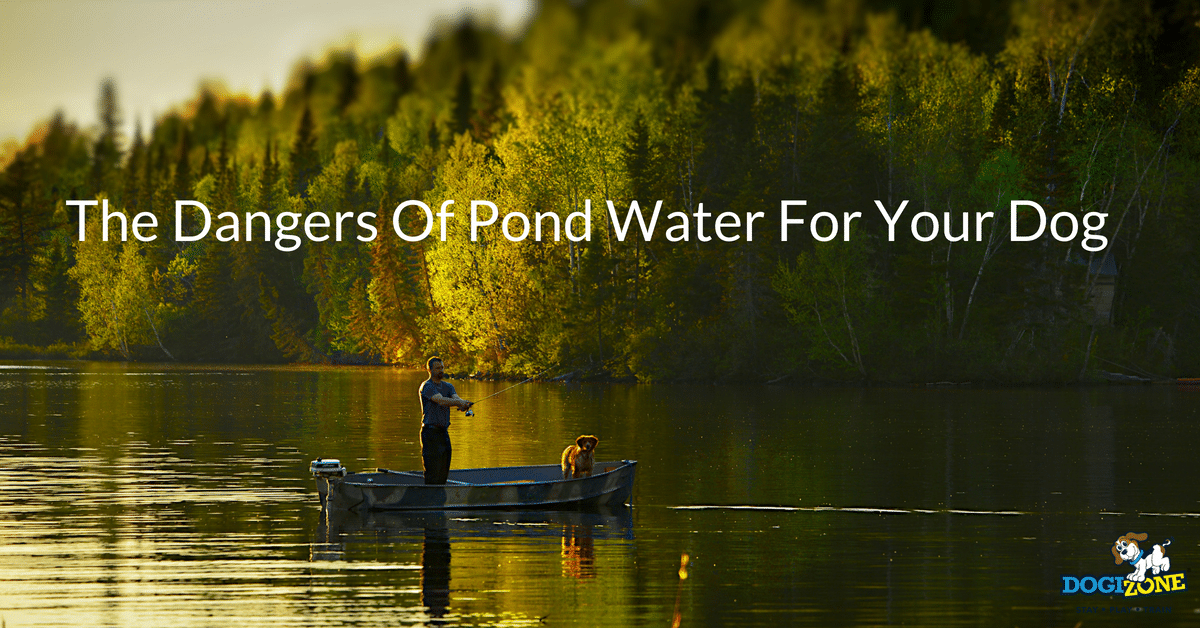The Dangers Of Pond Water For Your Dog
Some Higher Risks With Drinking Pond And Stream Water
The shallower and warmer water is, the higher the risk of danger should your dog drink from the location. However, this is just a general statement as some types of water-borne illness can occur even in running water. Here are the dangers of pond water for dogs.
Giardia
In some cases, microscopic parasites can be transmitted through both running and still water. A good example of this is Giardia, commonly known as beaver fever. Dogs or humans can take in the parasite by ingesting water where an infected animal has defecated.
Typically, dogs will develop diarrhea and abdominal pain, while some healthy dogs may not develop any external symptoms. They are carriers and any contact with their fecal material by other mammals, including humans, can transmit the parasite and cause the disease.
Treatment for this health issue is typically antibiotics and worming medications, specifically fenbendazole or combinations of worming medications. It is important to test and treat any suspected cases of Giardia, even without symptoms, to prevent the dog from continuing to shed infective cysts and continue to infect other mammals.
The good news is that healthy dogs will often recover fully from this condition. Dogs with current health issues, puppies, and senior dogs may be more significantly compromised and may need additional medical support and monitoring to avoid dehydration.
Other issues include leptospirosis and cryptosporidiosis, both of which can be treated successfully in most healthy dogs.
Algae
With an increase in the temperature of many lakes, issues with blue-green algae are becoming more common in dogs across the United States. Correctly known as cyanobacteria, it is often the most problematic in the hottest part of the summer, just when dogs want to get into the water to cool off.
Blue-green algae is also problematic for humans. For both dogs and pets, as well as other mammals in contact with the water, there is a risk of death if the animal or human has other health conditions.
Pet owners should be on the lookout for any color in the water, often accompanied by a strong, unpleasant odor. The algae can be red, blue, green, yellow or even a pale to dark brown. Typically, there will be patches of cloudy water with a foam or a scum that seems to float in areas of the surface of the water or across the entire surface.
Typically, symptoms occur relatively quickly after exposure. They include diarrhea, vomiting, skin and mouth irritations, constant water consumption, staggering and difficulty in breathing.
Take your dog to the vet immediately if these symptoms are noted. If possible, bring a sample of the water. Treatment needs to be started early to prevent this from becoming fatal if the nervous system is involved.

